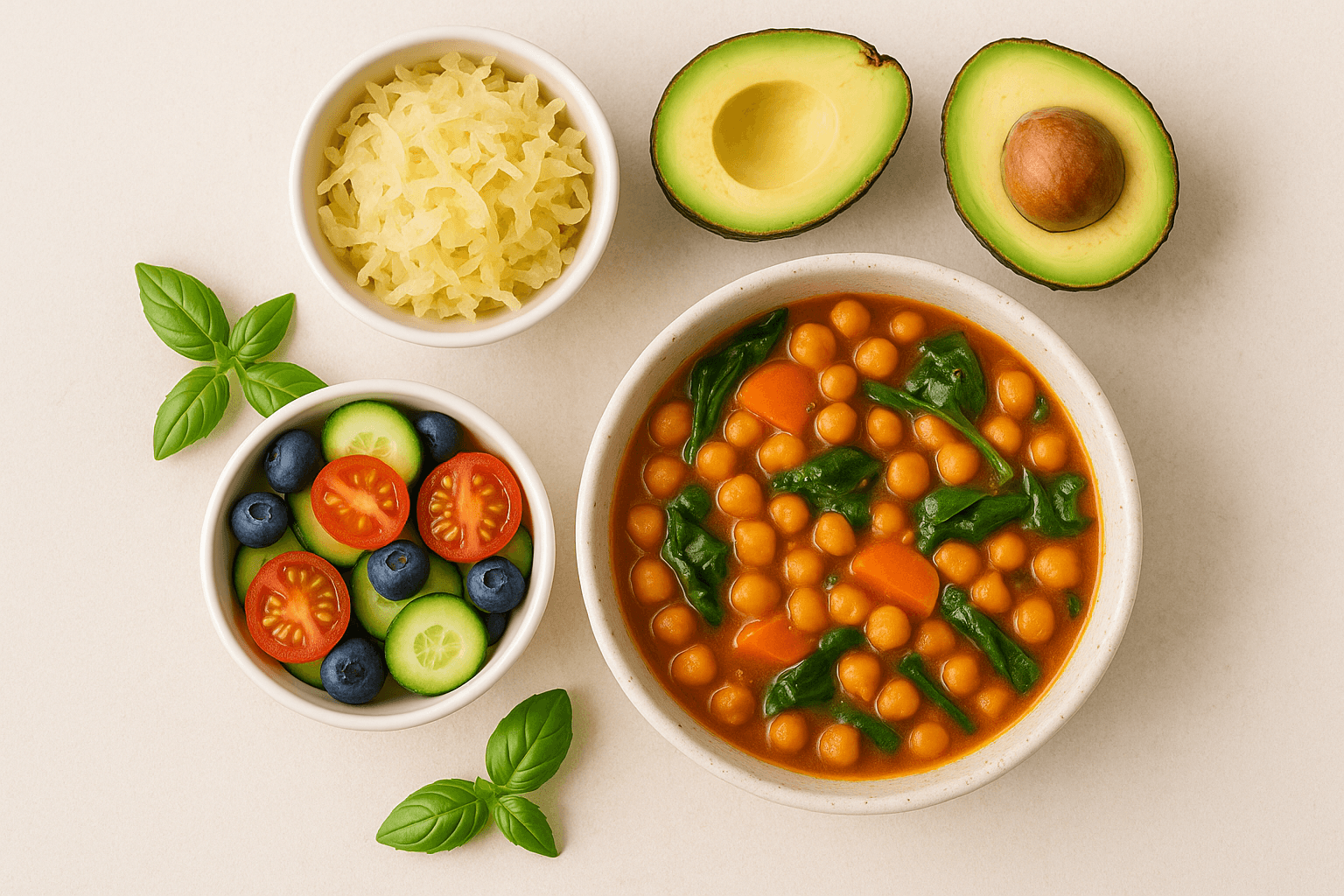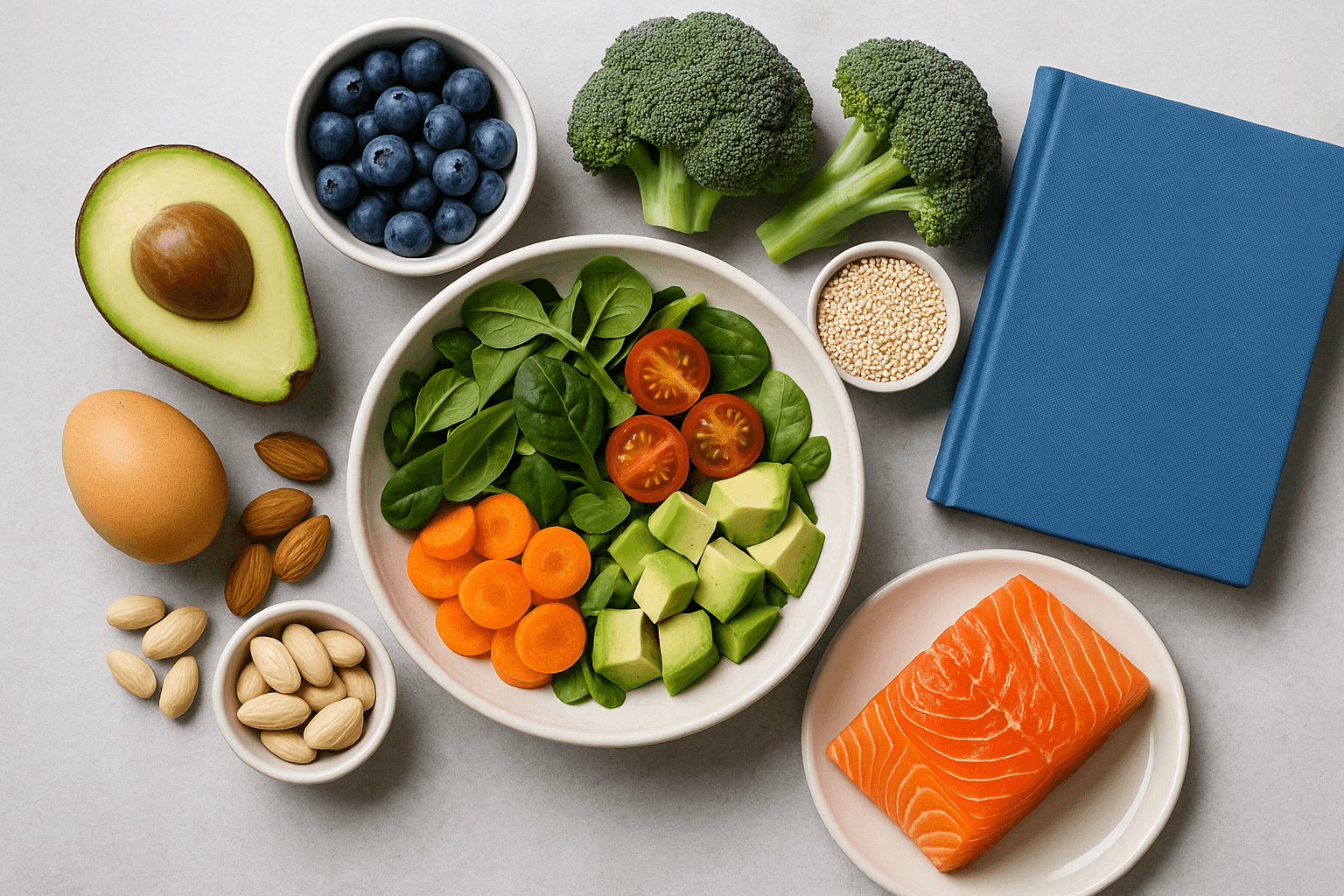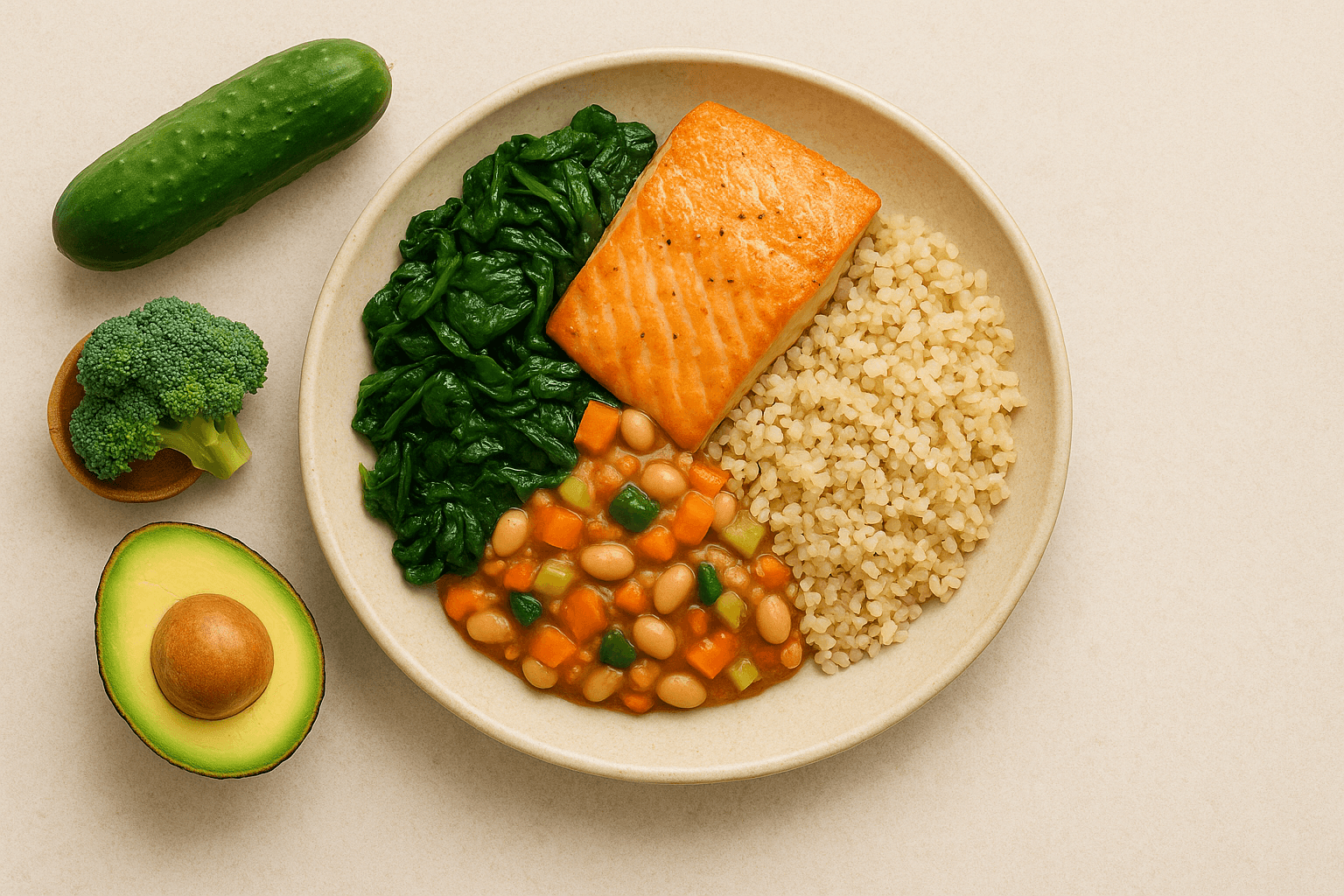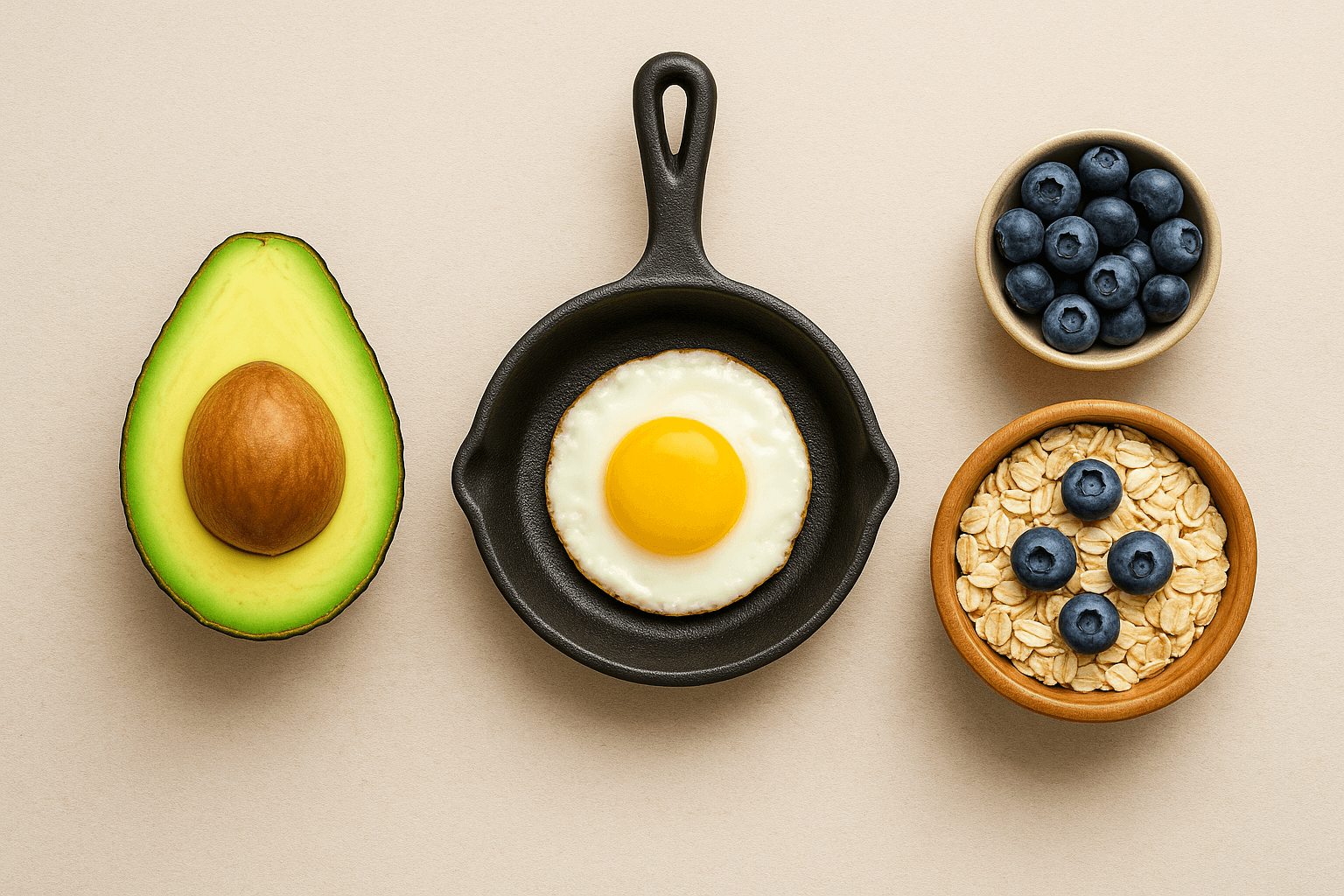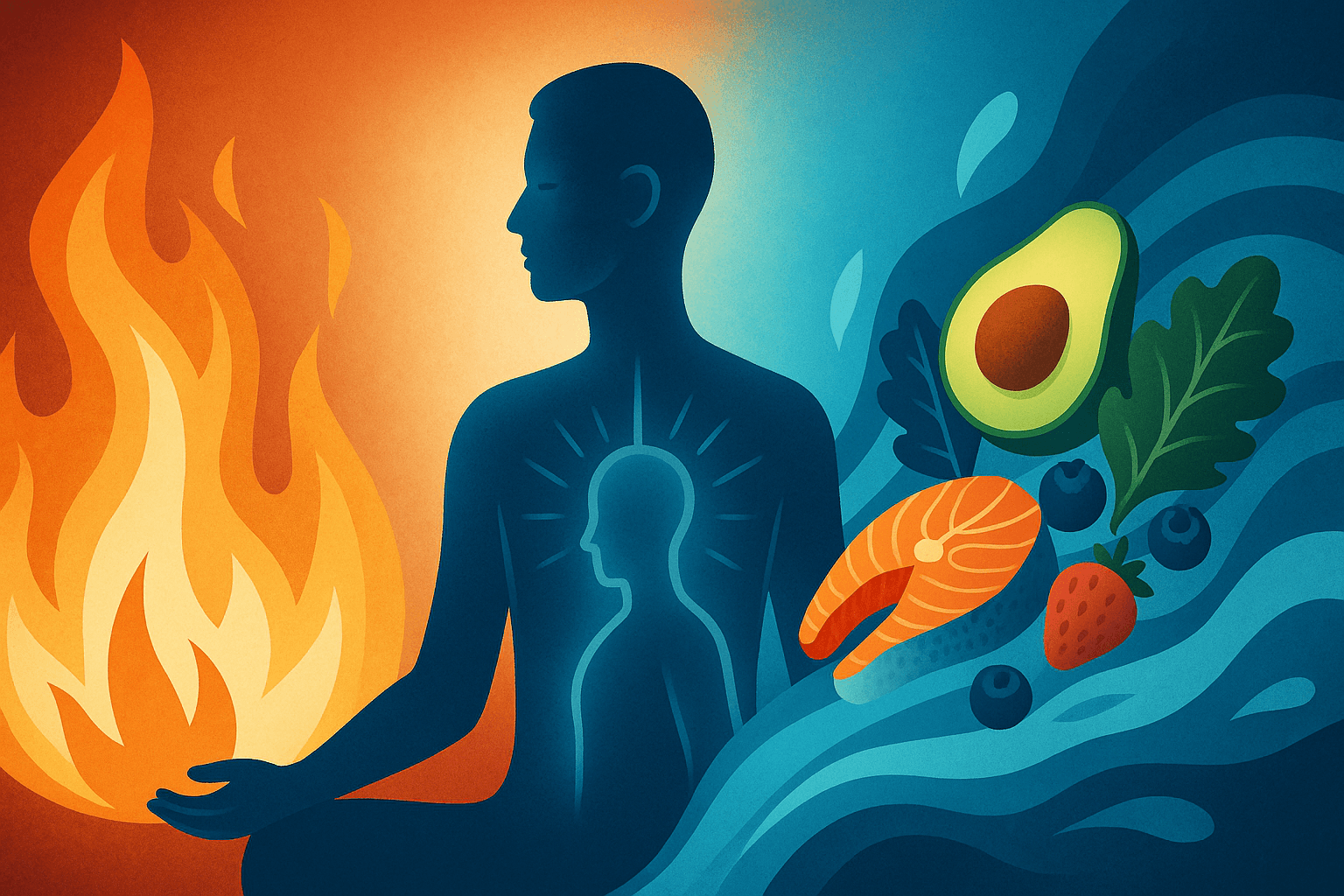The Art of Joyful Eating: Simple, Flexible, Science-Based Healthy Habits for Life
Published on July 26, 2025
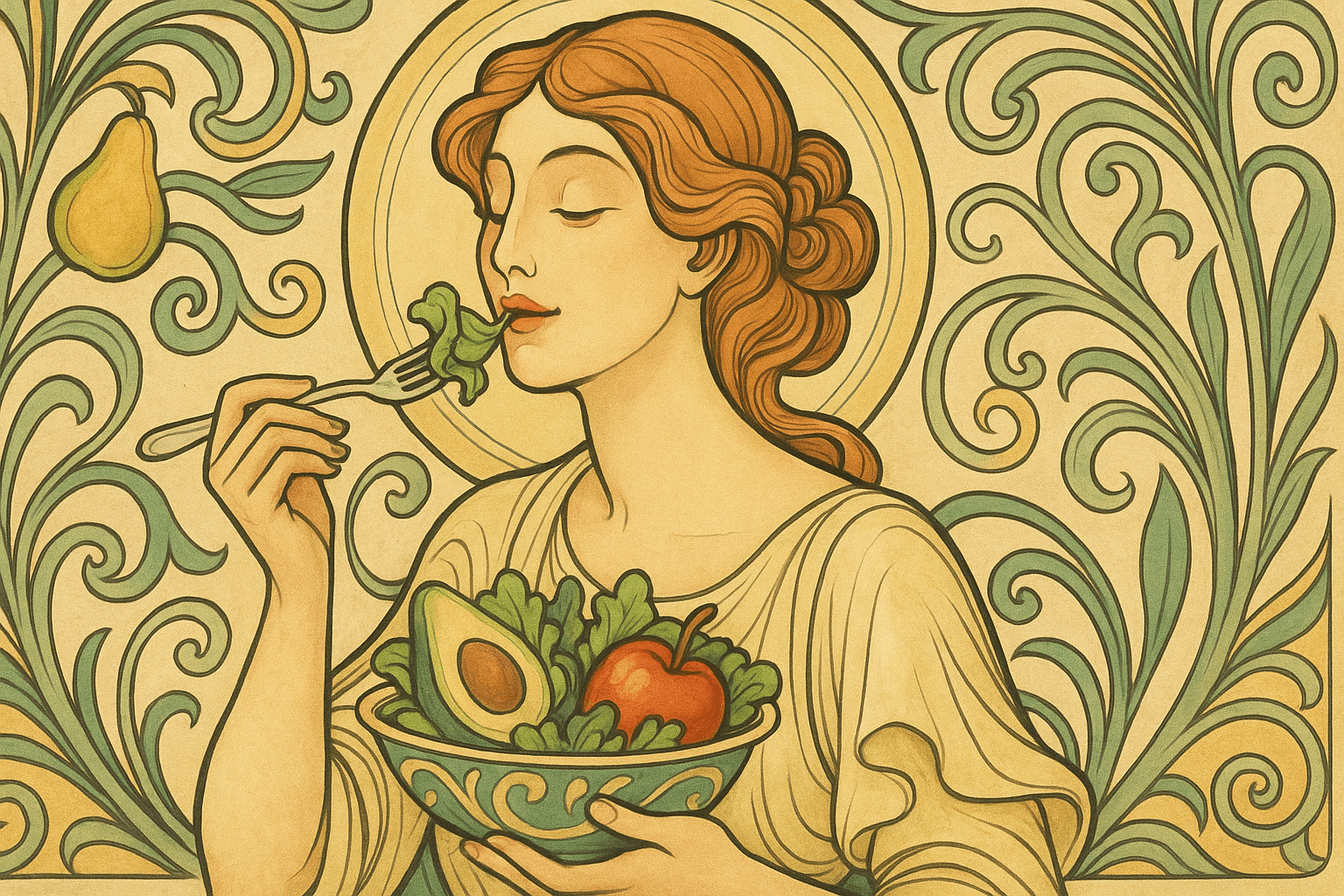
Healthy eating: we all want it, few actually feel at ease with it
In a world where it seems like every new headline or influencer is telling you another food group is “off limits” and a trendy superfood is the cure to every problem
it’s easy to become frustrated, confused, or just plain tired from all the effort
Because the fact is, healthy eating isn’t a stringent code of conduct, a guilt trip, or a passing fad
It’s a continually evolving, highly individualized connection to food
one that fuels the body, fires up energy and makes every meal something to look forward to
Speaking as a person who has studied and practiced nutrition for most of my life, I can assure you that healthful eating is supposed to be based on happiness, not judgment
It is all about establishing patterns of nourishment that work for your health, your mood, your lifestyle — and doing so without the terror, the shame, the endless restriction
The true art of healthy eating is much simpler than most people realize, and it is so much more rewarding
We are talking balance, variety, pleasure and self-kindness, habits that develop over time, not overnight
The Pillars Of Healthful Eating: Balance, Variety And Moderation
Found at the center of a sustainably healthy, positive attitude to food are the three building blocks of my way of eating
the Three Pillars of Nutrition: balance, variety and enjoyment
This is not just a nice idea — it’s a foundation for well-being at every stage and in every age
Balance:
I build every meal out of a perfect balance of nutrients and doing so is the most loving act of self-care
Carbohydrates from whole grains, fruit or starchy vegetables give you sustained energy to keep your body and mind busy all day long
Egg, fish, chicken, tofu, beans and yogurt provide protein that repairs tissues, boosts immunity and keeps you full and satisfied
Healthy fats, think avocado, nuts, seeds, olive oil, or fatty fish, which our brain, hormones, and fat-soluble vitamin absorption depend on, as well as to make meals deeply satisfying
Shoot for a little of each at every meal, and you’ll crowd out the less nourishing choices without depriving yourself
Variety:
There is no one food that has every nutrient your body needs, and this is the power of having a variety of them
The more colors, textures, and flavors you eat, the more vitamins, minerals, antioxidants, and diverse plant compounds you receive
Try challenging yourself to “eat the rainbow” — and not for beauty, for something deeper than that
Test new grains, substitute another vegetable, or throw in fresh herbs and spices from world cuisines
Diversity is one way to keep food interesting, for sure, it also helps to ensure you fill in gaps in your nutrition and keeps healthy eating an adventure
Enjoyment:
Food is supposed to be something that brings pleasure and connects us together — not just fuel and numbers on a label
By loving what you eat, you are far more likely to maintain a healthy diet for life
Enjoy every bite, eat with loved ones, relax, and let yourself have those not-so-healthy in moderation
That leaves ample space for birthday cake, soothing comfort foods, and holiday tradition
So much for guilt at the table
The Real Science of Healthy Eating
Nutrition science, which has been pried apart across decades and cultures, always points to a handful of fundamental patterns that allow humans to sustain themselves effectively, whatever their background or genetic information
Make Plants the Star
Vegetables, fruits, whole grains, legumes, nuts and seeds are nutrition powerhouses
They’re rich in fiber, antioxidants, vitamins and minerals
Cosmetics and texture aside, loading up half your plate with plant foods at every eating occasion fosters both heart and gut health, and long-term disease prevention
Roast them but also steam them, blend them until they’re creamy, toss them in a salad, or just snack on them raw
Discover what works for you so you can get excited about eating more plants
Choose Whole, Minimally Processed Foods
The more processed a food is, the more nutrients it tends to lose
Whole grains, such as oats, quinoa and brown rice
fresh or frozen produce
lean meats
eggs
beans
plain dairy
all are chock-full of fiber, protein and key nutrients
When shopping, seek out foods with short ingredient lists and minimal to no added sugar, salt or chemicals you can’t pronounce
Easy evolves — from whole wheat bread instead of white to homemade soup instead of canned — add up to huge wins in the long run
Enjoy Healthy Fats
The age of fat phobia is over!
Monounsaturated fats — orchards of heart-friendly olive oil, creamy avocados, crunchy nuts and seeds and those slick, oily fish — shield your heart and lubricate your brain
They add satisfaction to meals, richness and can even help the body absorb essential nutrients
It is fine to enjoy these fats on a daily basis and perhaps animal fats and processed oils (such as palm or coconut oil) with just a little more moderation
Be Smart About Carbs
Your body loves carbs, but it matters where it gets them from, and how much
Whole grains (brown rice, quinoa, whole wheat), root vegetables, beans and fruits are nutrient-dense and digest slowly, giving you energy throughout the day and preventing you from crashing and spiking your blood sugar
Restrict added sugars, sodas, candy and refined white flour that make you tired and want more
Get Enough Protein
Protein does a lot more than just build muscle
It helps repair cells, fuels your immune system, supports healthy skin and hair, and keeps you full between meals
Use both animal and plant sources — some chicken, some fish, some eggs, some beans, some lentils, some tofu, some Greek yogurt — for a balanced, infinitely varied diet
Hydrate Wisely
The most important nutrient in your body is water
Shoot for 6 to 8 cups a day (up that if you’re active or if it’s hot out)
Remember that herbal teas, seltzer and even broth can all count toward your total
Save sugary beverages, such as soda and fruit drinks, as an occasional treat, not an everyday thing
Practice Mindful, Joyful Eating
Slow down
Take a breath
Put the screens away and taste your food
Mindful eating — which is just paying attention to things like hunger, fullness, taste, and satisfaction — makes the meals taste better, and helps you notice whether you are really hungry or full
It’s a great tool for weight management, for reducing overeating and for making healthy eating something you want to do all your life
Establishing Healthy Habits: Food and Nutrition in Real Life
Knowing is just the start
It is the application of knowledge into daily habits where real transformation occurs — and where most of the magic and the resistance lies
Start Small and Celebrate Progress
Start with one or two easy changes — bring a veggie for lunch, swap white bread for whole grain, carry a water bottle to work
Don’t attempt to change the whole lot at the same time
Celebrate every victory, however small, and see your confidence surge
Prep Ahead of Time and Save Time on Healthy Eating
A little effort goes a long way towards staying on course
Cut vegetables on the weekend, batch-cook a whole grain or protein, or make grab-and-go snacks for hectic days
The more convenient healthy food is for you to obtain, the more likely you are to consume it
Embrace Flexibility, Not Perfection
Perfection is not the goal
It’s okay to have days that include pizza, parties or not a single vegetable
Replace guilt with gentle curiosity, and return to your habits at the next meal
The big picture is paramount
Make Meals Social and Fun
It helps with better decisions, stronger relationships and, yes, even health
Themed dinners, family cooking nights or just setting the table and having as distraction-free a meal as you can, even if it’s only for yourself
Myth Busting: What You Can and Can’t Eat on a Healthy Diet
Myth: “Carbs make you fat.”
Reality: Whole, fibrous carbs are nutritious and satisfying. It’s the excess calories and the refined sugars that do the damage
Myth: “Superfoods are a requirement (and they’re costly).”
Fact: Humble foods — beans, oats, potatoes, apples — are just as nutritious
Myth: “Healthy eating is pricey.”
Beans, lentils, frozen produce, and whole grains are cheap staples all over the world, period
Myth: “You should never have treats again.”
Fact: Enjoying a craving, you know, mindfully even, can be fully compatible with healthy eating
Healthy Eating for Every Lifestyle
Vegetarian/Vegan: Focus on beans, tofu, lentils, nuts for protein, and don’t forget B12, iron, and calcium
Gluten-Free: Pick foods that are naturally gluten-free — rice, potatoes, quinoa, corn, fruits, vegetables, eggs, and lean meats
Diabetes: Hearty high-fiber carbs, balanced with protein and healthy fat; mindful portion control
Heart Health: Eat With Health in Mind
Load up your plate with fiber, healthy fats, and colorful fruits and veg
Minimize sodium and processed meats
Here Is a Day of Real-Life Healthy Eating
Breakfast:
Oatmeal with chia, berries, walnuts, and cinnamon — warm, comforting goodness to lay a base of sustenance
Snack:
Carrot sticks with hummus or apple with peanut butter — a fresh, satisfying hit of energy
Lunch:
A giant, crunchy, colorful, satisfying salad: mixed greens, chickpeas or grilled chicken, cucumber, tomatoes, seeds, olive oil-lemon dressing
Snack:
Whole-milk yogurt with fruit and nuts, or a big handful of roasted chickpeas: the energy will last
Dinner:
Roasted sweet potatoes, steamed broccoli and side salad with salmon — lots of protein, fiber and healthy fats
Treat:
One square of dark chocolate or a piece of broiled fruit with cinnamon — all fulfilling and packed with flavor
Breaking Barriers to Healthy Eating
Short on time?
Make batch-cooking staples and load up on frozen produce
Forgo complex meals
Healthy can be simple
Family not on board?
Get them involved!
Have everyone pick a recipe, cook together, or host build-your-own meals (be it around tacos or bowls) for adaptability
Tight budget?
You plan meals, you shop sales, you purchase in bulk, you cook with what’s in your pantry
Cook with what you have before buying more to prevent food waste
The Big Picture: The Healthiest Diet for a Healthier Planet
Healthy eating is not punition, nor is it the pursuit of an impossible ideal
It’s a daily routine of looking after yourself — body, mind and soul
When you focus on balance, variety and enjoyment, you’ll naturally start to eat well without even thinking about it
you won’t feel like you’re on a diet or depriving yourself of the foods you love, and not count calories or give up on them
And it forms habits that contribute to lifelong health, and to actual enjoyment at every meal
Each plate is a fresh opportunity to feed yourself, to give to others, to feel good in your body and in this world
That’s the true formula for a healthy life — one delightful bite at a time



